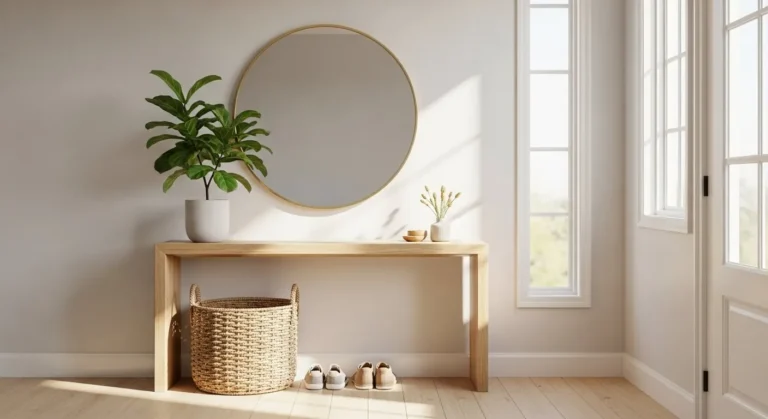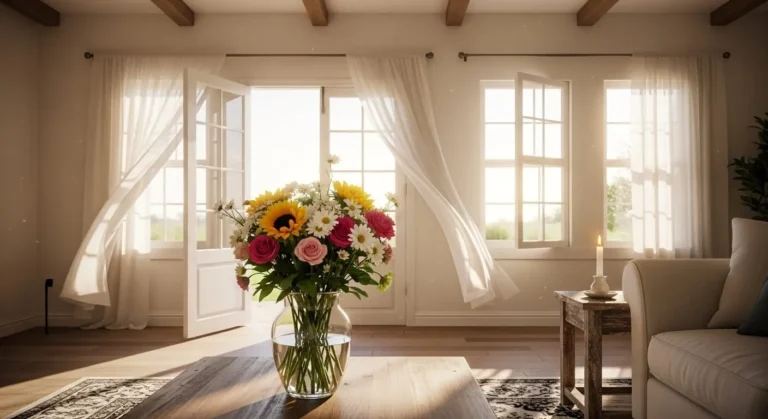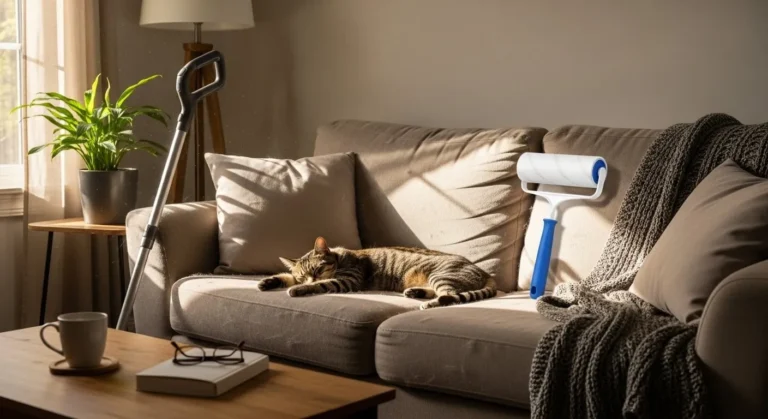How to Organize Kitchen Cabinets Like a Pro (Easy Step-by-Step Guide)
We’ve all been there, opening a kitchen cabinet only to have a plastic container, lid, or spice jar tumble out like an avalanche. If your cabinets are more chaos than convenience, don’t worry. With a few smart strategies and simple tweaks, you can transform your cluttered cabinets into a beautifully organized, easy-to-use space that feels straight out of a Pinterest dream kitchen.
Let’s walk through this easy, step-by-step guide to organizing your kitchen cabinets like a pro. Whether you’re working with a small apartment kitchen or a spacious setup, these tips will help you make every inch count.
Step 1: Empty Everything Out
The first step might feel overwhelming, but trust us, it’s essential. Take everything out of your cabinets. Yes, everything! Seeing all your items in one place helps you understand what you actually use, what you have too much of, and what can go.
Lay items on your counter or dining table in categories:
- Plates and bowls
- Cups, mugs, and glasses
- Pots, pans, and lids
- Baking supplies
- Food storage containers
- Pantry staples (if stored in cabinets)
Once everything is out, give your cabinets a quick clean. Wipe down the shelves with a gentle cleaner or a mix of vinegar and warm water. Let them dry completely before restocking.

Step 2: Declutter and Decide What to Keep
Now comes the fun and freeing part, decluttering!
Be honest with yourself about what you really use. Do you need five mismatched mugs when you only reach for two? Are there duplicate spatulas or chipped plates hiding in the back?
Here’s a quick checklist to guide your decluttering:
- Keep: Everyday dishes, quality cookware, essentials you use weekly.
- Donate: Extra mugs, duplicate tools, gently used items that don’t fit your style.
- Toss: Anything broken, warped, missing lids, or beyond repair.
Remember, the goal is to make space for the items you truly love and use regularly.

Step 3: Group by Category and Frequency of Use
Once you’ve pared down, organize your items by both category and frequency of use. This is the secret to a kitchen that functions beautifully.
Think of your kitchen in zones:
- Daily Zone: Plates, bowls, glasses, and mugs near the dishwasher or sink.
- Cooking Zone: Pots, pans, spices, and cooking utensils near the stove.
- Prep Zone: Cutting boards, mixing bowls, and knives near the countertop workspace.
- Occasional Zone: Holiday platters, specialty appliances, and baking gear stored up high or in harder-to-reach cabinets.
Place the most frequently used items on the lower, easy-access shelves. Reserve the top shelves for seasonal or rarely used pieces.

Step 4: Use Smart Organizers and Storage Solutions
Professional-looking cabinets aren’t about fancy labels, they’re about smart storage. You don’t need expensive systems; just a few well-chosen tools can make all the difference.
Here are a few of the best cabinet organizers:
- Turntables (Lazy Susans): Perfect for oils, sauces, and condiments.
- Pull-out drawers: Great for deep cabinets and pots or pans.
- Shelf risers: Double your vertical space for plates or mugs.
- Stackable bins: Keep snacks, baking items, or Tupperware lids in check.
- Door-mounted racks: Ideal for spices, wraps, or cleaning supplies.
Bonus tip: Choose clear containers or labeled baskets for a uniform, streamlined look. It not only looks beautiful but makes finding things effortless.

Step 5: Maximize Vertical and Hidden Space
Many people forget about the vertical space inside cabinets, and that’s a big mistake! Use every inch strategically.
Try these pro tricks:
- Add hooks under shelves for mugs or utensils.
- Install a second shelf if your cabinets are tall.
- Use tension rods for cutting boards or baking sheets.
- Hang measuring spoons or pot lids on the inside of cabinet doors.
These small hacks can make your kitchen feel twice as spacious without spending a fortune.
Step 6: Label, Style, and Maintain
Now that your cabinets are beautifully organized, add finishing touches that make your system easy to maintain.
- Label everything: Use simple, minimalist labels on containers and bins so everyone in your household knows where things go.
- Add liners: Shelf liners protect surfaces and add a pop of pattern or color.
- Keep it flexible: Your organization system should evolve with your lifestyle, adjust it as you add or remove kitchen items.
Most importantly, maintain your organization. Set aside 5 minutes each week to do a quick tidy-up. It’s easier to reset small messes than to overhaul everything again later.

Step 7: Style for Function and Beauty
A pro-level organized kitchen isn’t just about order, it’s also about style. Combine functionality with aesthetics to make your cabinets something you’re proud to show off.
- Choose matching storage containers or baskets for a cohesive look.
- Mix textures like bamboo, glass, or metal for a balanced, modern feel.
- Keep a few open shelves or glass-front cabinets to display your prettiest dishes or cookbooks.
Remember, when your storage looks beautiful, you’ll be more motivated to keep it that way.

Step 8: Keep It Realistic and Sustainable
Don’t feel pressure to achieve Pinterest perfection. Real kitchens are used daily; spills happen, lids go missing, and life gets messy. The key is to create a system that’s practical for you.
Here’s how to keep it sustainable:
- Declutter seasonally, a quick 10-minute refresh every few months.
- Use what you already have before buying new organizers.
- Store similar items near where you actually use them.
The best organization system is the one you can maintain without effort.
Final Takeaway
A well-organized kitchen cabinet setup saves time, reduces stress, and makes cooking more enjoyable. When everything has its place, even weeknight dinners feel easier. Plus, there’s something deeply satisfying about opening a cabinet and seeing perfect order instead of chaos.
So grab your bins, labels, and a little motivation, and start transforming your kitchen today.
Save this guide for later and come back whenever you need a quick refresh or new inspiration. Your future self (and your kitchen sanity) will thank you!






